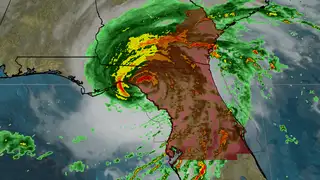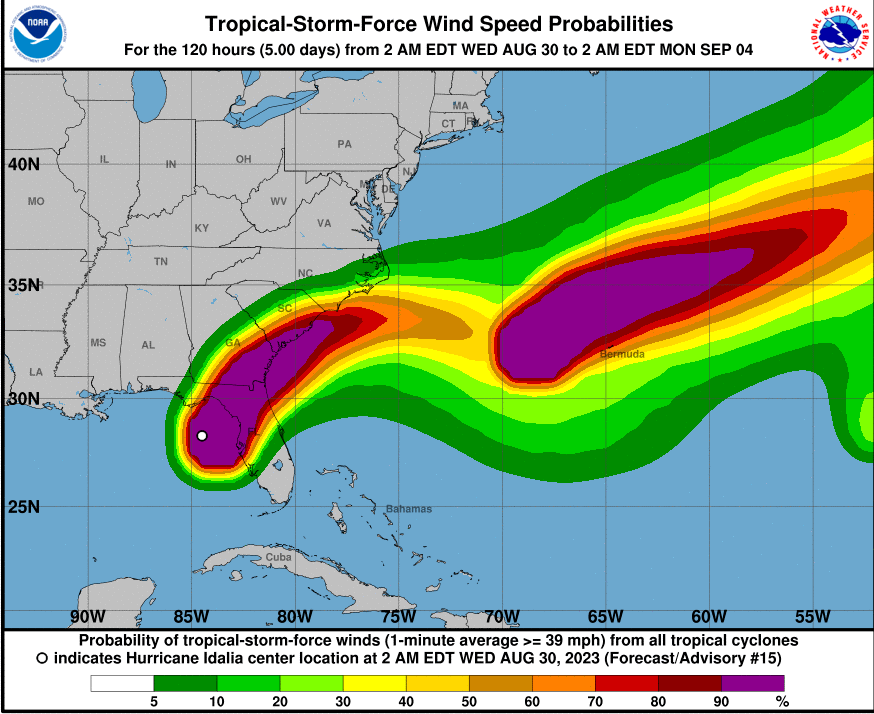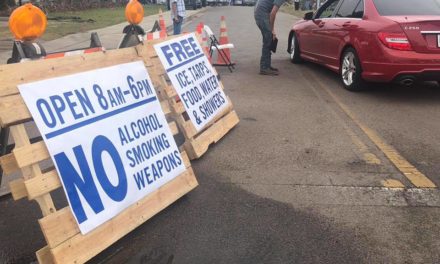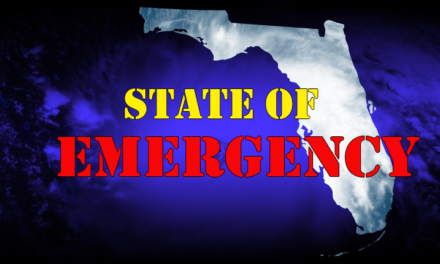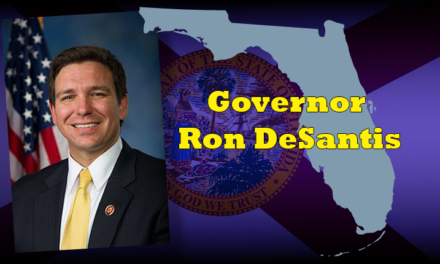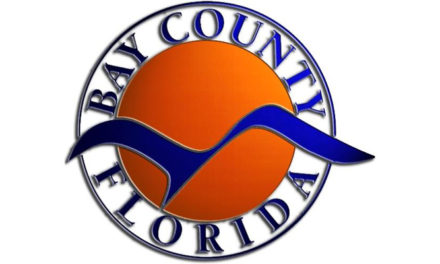
Hurricane Idalia Devastates Florida – Emergency Updates
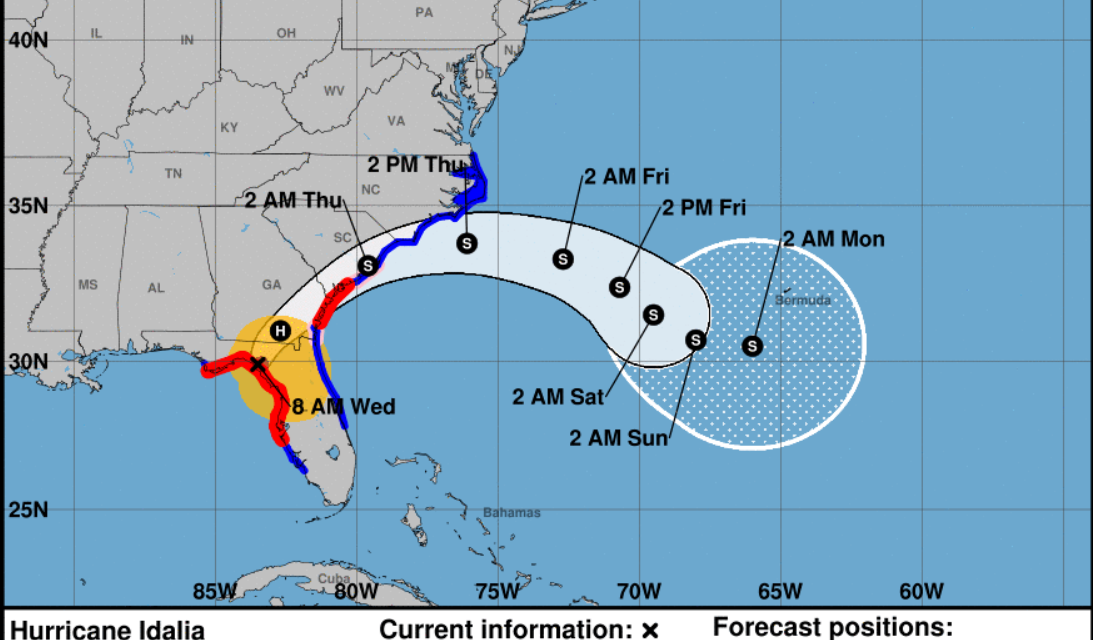
Florida, USA- Hurricane Idalia has made a devastating landfall in Florida as a menacing Category 3 storm, wreaking havoc with its deadly storm surge and catastrophic winds not witnessed in the Gulf Coast area for over a century. This storm’s destruction is predicted to extend far beyond its initial impact zone.
The eye of Hurricane Idalia struck the Florida coast near Keaton Beach, where the panhandle meets the peninsula, early on a Wednesday morning. By 9 a.m. ET, it was producing sustained winds of 110 mph, posing a significant threat to inland Florida as well as the coastal areas of Georgia and South Carolina. The National Hurricane Center issued warnings of intense flooding, ferocious winds, and tornadoes in these regions.
In the vulnerable island city of Cedar Key, a record-breaking storm surge of 8 to 9 feet was reported, with waters still rapidly rising, threatening to inundate structures halfway up the second floor of an average building. Even before landfall, the city appeared apocalyptic, and as the storm surge overwhelmed it, residents expressed deep concerns, especially for those in low-lying areas and the elderly.
Authorities in the Big Bend city of Perry issued a stark warning to residents, urging them not to attempt to “ride out” the storm, emphasizing that storm surges exceeding 15 feet are “not survivable.” Storm surges account for a significant portion of hurricane-related fatalities, according to the National Oceanic and Atmospheric Administration.
Additionally, an extreme wind warning, typically reserved for life-threatening sustained winds exceeding 115 mph, was issued for parts of the Big Bend region, including Dixie and Taylor counties. The National Weather Service office in Tallahassee advised residents to treat these imminent extreme winds as they would a tornado and immediately seek shelter.
A tornado watch encompassed nearly 12 million people across central and northern Florida and southeast Georgia until 3 p.m. Wednesday, as conditions continued to deteriorate. Coastal streets and lots in cities such as Tampa, St. Petersburg, and Fort Myers Beach were experiencing flooding, with ocean water surging ashore, heavy rainfall, and whipping winds.
Florida Governor Ron DeSantis warned that destruction could extend beyond the forecasted path of Hurricane Idalia, with at least 11 tornado warnings already issued, and the possibility of more, even in areas “way outside the cone.”
In response to the impending disaster, evacuation orders were issued in at least 28 counties, with some being mandatory. PowerOutage.com reported around 230,000 homes, businesses, and other power customers without electricity. President Joe Biden was set to address the government response, with FEMA and other teams on standby. Numerous flights were canceled, and rescue teams, National Guard members, and the Coast Guard were on high alert. Several hospitals suspended services, and schools and universities closed. Approximately 4,000 inmates were evacuated to better-equipped facilities, and a state of emergency was declared in 49 of Florida’s 67 counties.
Angela Small
Radio Production Assistant





